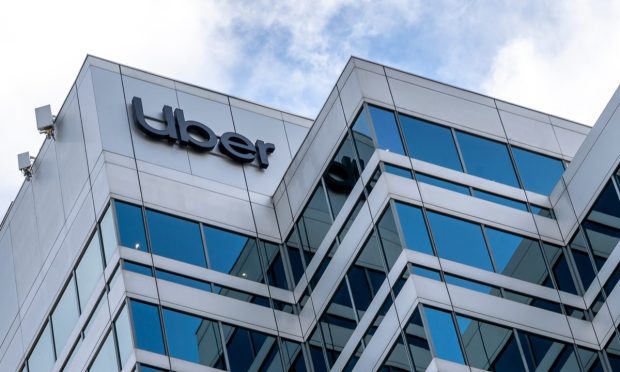Uber’s Grocery Investments Boost Platform-Wide Engagement

Early results show that Uber’s investments in its grocery offerings are paying off, by both driving adoption and strengthening the platform’s cross-vertical engagement, company executives shared in prepared remarks Tuesday (Nov. 1) discussing the company’s third quarter financial results.
“We are … seeing encouraging consumer adoption signals from our revamped grocery product experience, with over 10% of users who made a delivery order during the month also ordering new verticals,” CEO Dara Khosrowshahi said.
The “revamped” experience refers to a set of updates the company made in late July, right at the end of the previous quarter, which included the ability to place orders at off-hours to be delivered at the next available time as well as smarter product replacements and technological upgrades for in-store shoppers.
Additionally, the company has been dipping its toe into ultrafast delivery. Last month, the company announced its first quick commerce partnership in the United Kingdom under the name Uber Eats Market, teaming up with British supermarket chain Iceland Foods.
These grocery efforts are not only meant to create additional sales opportunities, enabling the company to get more value from its existing network of drivers, but also to embed the platform itself into more parts of consumers’ daily routines, boosting engagement across verticals.
PYMNTS research indicates that brands and retailers that can meet consumers’ needs across as many pillars of the ConnectedEconomy™ as possible — how they eat, shop, pay, live, travel, bank, work, communicate, have fun and stay well — have the advantage over those that stay limited to just one. By building out its delivery business’s grocery and other non-restaurant offerings, Uber is extending its reach across these pillars, becoming closer to indispensable in its customers’ lives.
“We are actively cross-selling delivery consumers, food delivery consumers into grocery consumers into alcohol and then actually back now to mobility as well,” Khosrowshahi told analysts on a call. “So, all of the cross-sell that we have across the platform continues to increase, drive new customers and also drive retention as well.”
In this effort, the company has the opportunity to grow its grocery reach significantly, with its 10% adoption rate for restaurant customers suggesting that the category is highly under-penetrated. The July edition of PYMNTS’ ConnectedEconomy™ series, “The ConnectedEconomy™ Monthly Report: The Rise of the Smart Home,” which drew from a May survey of more than 2,600 United States consumers, found that 40% of U.S. consumers had ordered grocery online for delivery in the previous 30 days.
Get the study: The Rise of the Smart Home
Additionally, findings from PYMNTS’ October study “Super Apps for the Super Connected,” created in collaboration with PayPal, which drew from a survey of more than 9,900 consumers across the United States, the United Kingdom, Australia and Germany, found that the majority of consumers shop for grocery online, a share ranging from 64% to 76% depending on the generation.
Read the full report: Super Apps for the Super Connected
“Our scale, technical leadership, and operational discipline have allowed us to expand delivery profitability while investing strategically in grocery, convenience and alcohol,” Khosrowshahi said in his prepared remarks. “We are confident that new verticals will be profitable and will strengthen the value of our platform over time.”
